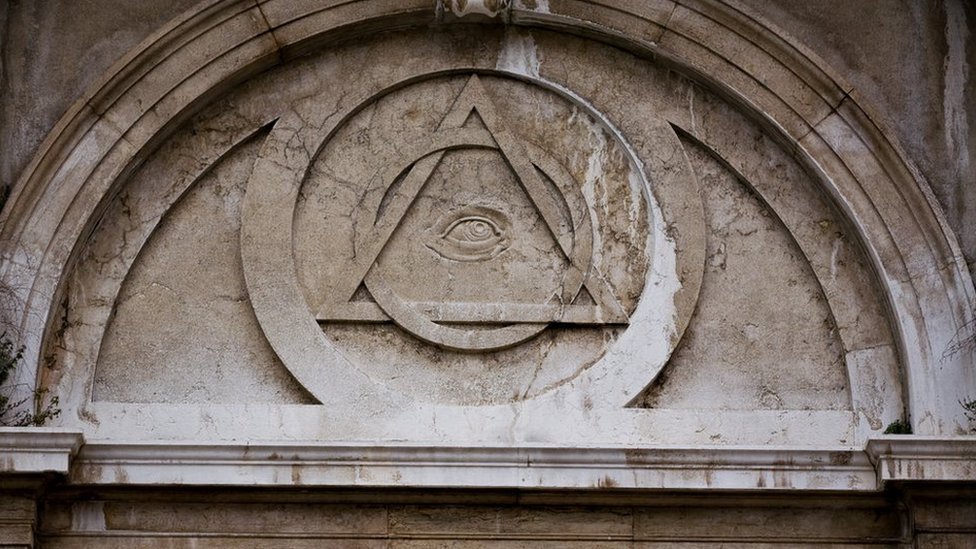Learn How to Join Freemason and Unlock Lifelong Connections
Learn How to Join Freemason and Unlock Lifelong Connections
Blog Article
Exploring the Mysteries of the Freemason: What You Required to Know
The Freemason, a term frequently shrouded in intrigue and dispute, represents a complicated tapestry of historical reality and modern-day myth. Developed in the late 18th century, this secret society was at first rooted in the Knowledge's suitables but has actually considering that ended up being associated with conspiracy theories concerning elite control. As we browse the origins, vital figures, and the plain contrast between misconception and reality, one must consider exactly how these stories influence modern understandings of power and secrecy. What might be revealed through a more detailed assessment of these components can test long-held presumptions regarding the shadows that remain in our society.
Origins of the Freemason
The beginnings of the Freemason are steeped in a mix of historic intrigue and ideological fervor. Established in 1776 in Ingolstadt, Bavaria, by Adam Weishaupt, the team was originally developed as a secret society intended at advertising Enlightenment ideals such as factor, secularism, and the separation of church and state. Weishaupt, a professor of canon legislation, sought to test the prevailing authority of the church and state, which he considered as oppressive organizations suppressing intellectual and individual freedom.
The Freemason sought to hire prominent members from numerous social fields, including national politics, academia, and the arts, to promote a network dedicated to these Knowledge principles. The society run under a veil of secrecy, using coded language and routines to safeguard its members from persecution, specifically provided the repressive climate of the moment. Nonetheless, the Freemason encountered considerable resistance from both governmental authorities and religious organizations, which checked out the group as a danger to their power.
Key Numbers and Participants
That were the essential figures that formed the Freemason's early influence and direction? The Bavarian Freemason, established in 1776 by Adam Weishaupt, arised as a feedback to the overbearing societal frameworks of the time. how to become a freemason. Weishaupt, a legislation professor, imagined the company as a way to promote Enlightenment suitables such as reason, secularism, and equal rights. His initial employment initiatives consisted of prominent intellectuals, such as Baron von Knigge, who played a vital duty in expanding the group's subscription and organizational structure.
Another significant number was Johann Gottlieb Fichte, a famous philosopher whose concepts on nationalism and education resonated with the Freemason's objectives. Although Fichte was not an official member, his philosophical bases affected the team's ideology. In addition, numbers like the author and theorist Johann Wolfgang von Goethe were linked with the broader intellectual activities of the moment, although their straight involvement with the Freemason stays questioned.
These essential figures added to the Freemason's very early instructions, pushing the limits of political and social idea, while their cumulative initiatives aimed to test well established standards and promote an environment of progressive change review in Europe.
Misconceptions vs. Fact
Many misconceptions surround the Freemason, frequently blending fact with fiction in a means that obscures its real nature. The idea that the Freemason continues to exert substantial influence over globe events is a misconception - how to become a freemason.
An additional common misconception is that the Freemason makes up a network of elite individuals controling global affairs. Actually, numerous conspiracy theory theories exaggerate the team's importance, attributing unproven intentions to societal fads and occasions. This has brought about an oversimplified sight of intricate issues.

Modern Interpretations
Contemporary interpretations of the Freemason commonly mirror more comprehensive social anxieties and an attraction with privacy and power. This contemporary lens frequently links the Freemason with look these up conspiracy theories that suggest a hidden elite orchestrates world occasions, adjusting governments and economies for their very own gain. Such narratives use a deep-seated distrust of authority, especially in times of crisis or social see here now turmoil.

Additionally, some contemporary analyses mount the Freemason as an allegory for the complexities of globalization and the interconnectedness of influential people and organizations. This point of view urges an important examination of how power dynamics operate in today's globe, highlighting the equilibrium in between openness and secrecy in governance and business techniques.
Cultural Influence and Tradition
Influenced by centuries of intrigue, the social effect and legacy of the Freemason expand much past its historical origins. This secret society, developed in the late 18th century, has actually permeated various facets of preferred society, from literature and movie to music and art. The idea of the Freemason has progressed into a sign of conspiracy theories, typically standing for a regarded covert power manipulating worldwide events.
In literature, writers like Dan Brown have woven the Freemason into elaborate plots, fascinating viewers with motifs of privacy and power. Films such as "National Treasure" and "The Da Vinci Code" better continue the attraction of the culture, mixing fact with fiction to create engaging narratives.
The Freemason's impact also expands into music, with artists referencing the company to stimulate styles of rebellion and social critique. This representation has contributed to an attraction with the concept of clandestine teams controlling the levers of power, reflecting social anxieties about authority and openness.
Eventually, the Freemason's tradition is an intricate tapestry of misconception and fact, forming perceptions of secrecy and control in contemporary discourse. Its enduring presence in culture highlights mankind's seasonal mission for understanding hidden truths.
Verdict
The expedition of the Freemason reveals a complicated interaction in between historic realities and contemporary myth-making. Founded in the Enlightenment period, this society intended to challenge overbearing structures, yet its heritage has been outweighed by conspiracy theory theories that recommend elite manipulation. Understanding the differences between the original suitables and contemporary interpretations is vital for comprehending the withstanding attraction with the Freemason and its significant impact on cultural narratives bordering power and secrecy in society.
Report this page